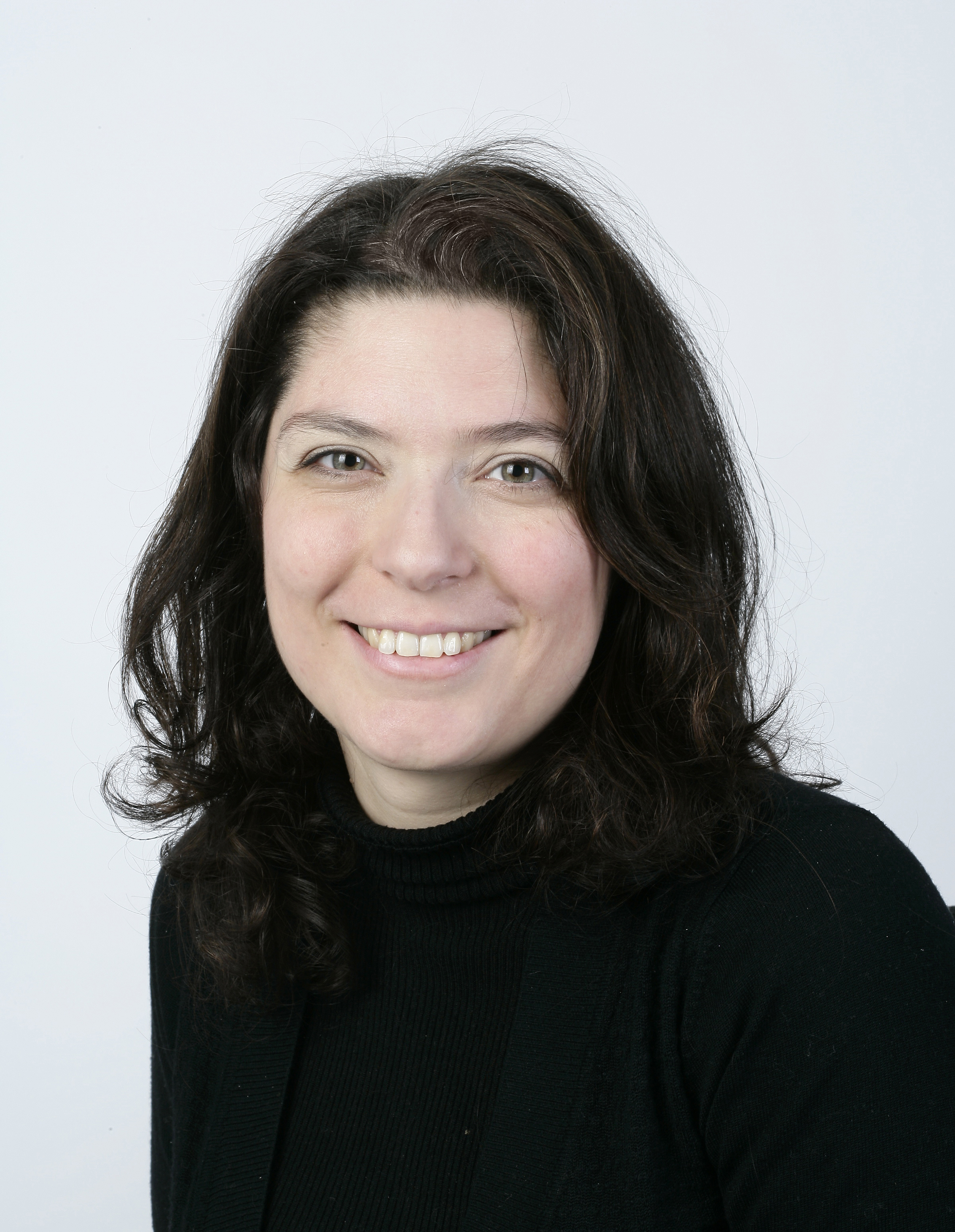Five émigré artists who greatly enriched Britain's intellectual and creative scenes
Frieze Masters kicks off this week and several contributing galleries are using it to shine a spotlight on the artistic contribution of émigrés past and present.
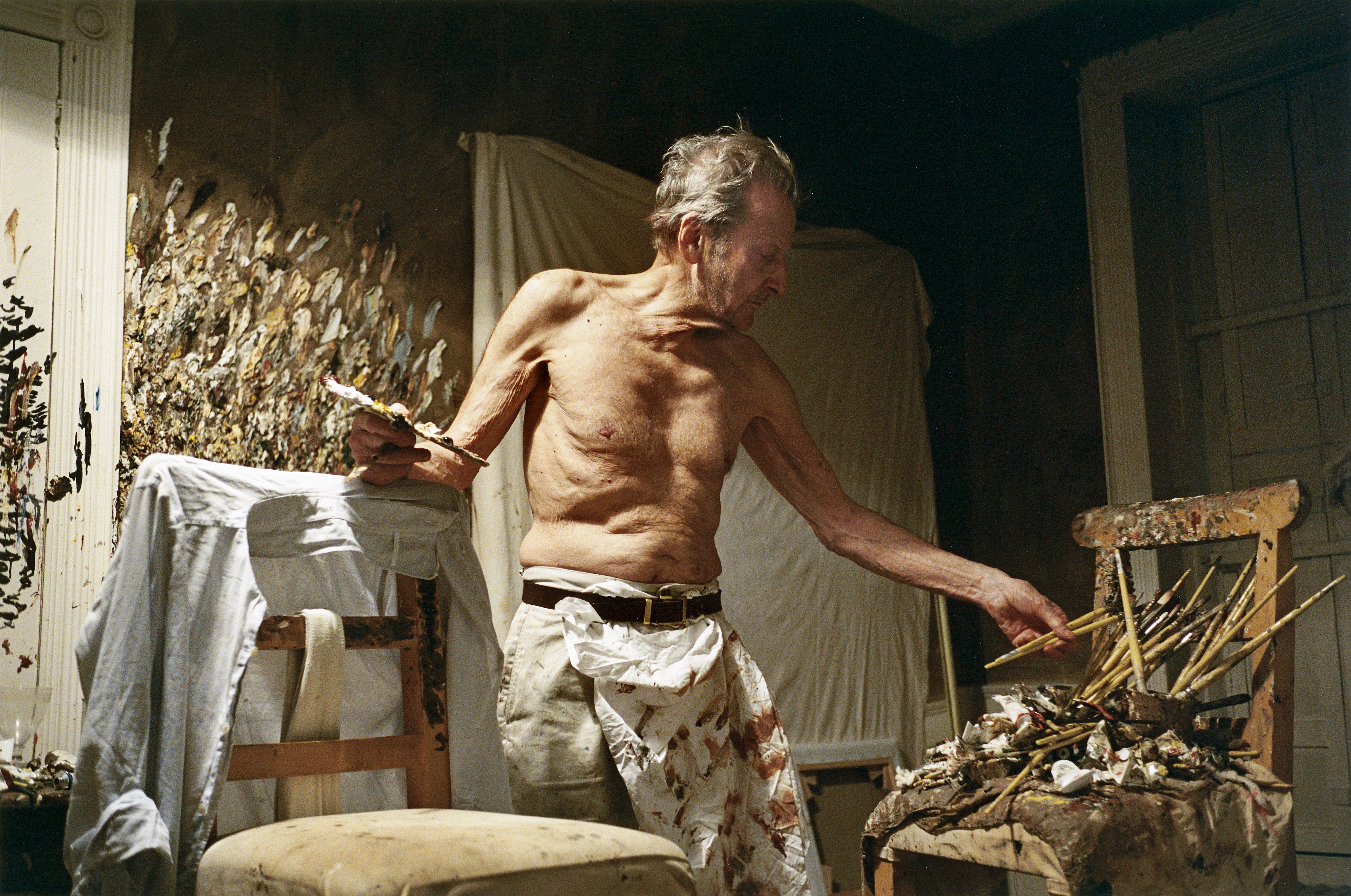

Despite the vitriol that these days surrounds the immigration debate, there is no doubt the intellectual and creative scene in Britain (and many other countries) has been enriched by the arrival of artists settling in from abroad, often fleeing persecution or oppressive regimes, but sometimes simply looking for opportunities or inspiration.
Shapero Rare Books, Shapero Modern and Willoughby Gerrish are putting the spotlight on the artistic contribution of émigrés past and present at Frieze Masters, with the exhibitions then moving to or continuing at their respective galleries (until October 31 for the first two and October 28–November 21 for the latter).
Here are five immigrant artists who changed the history of 20th-century art.
Pablo Picasso (1881–1973)
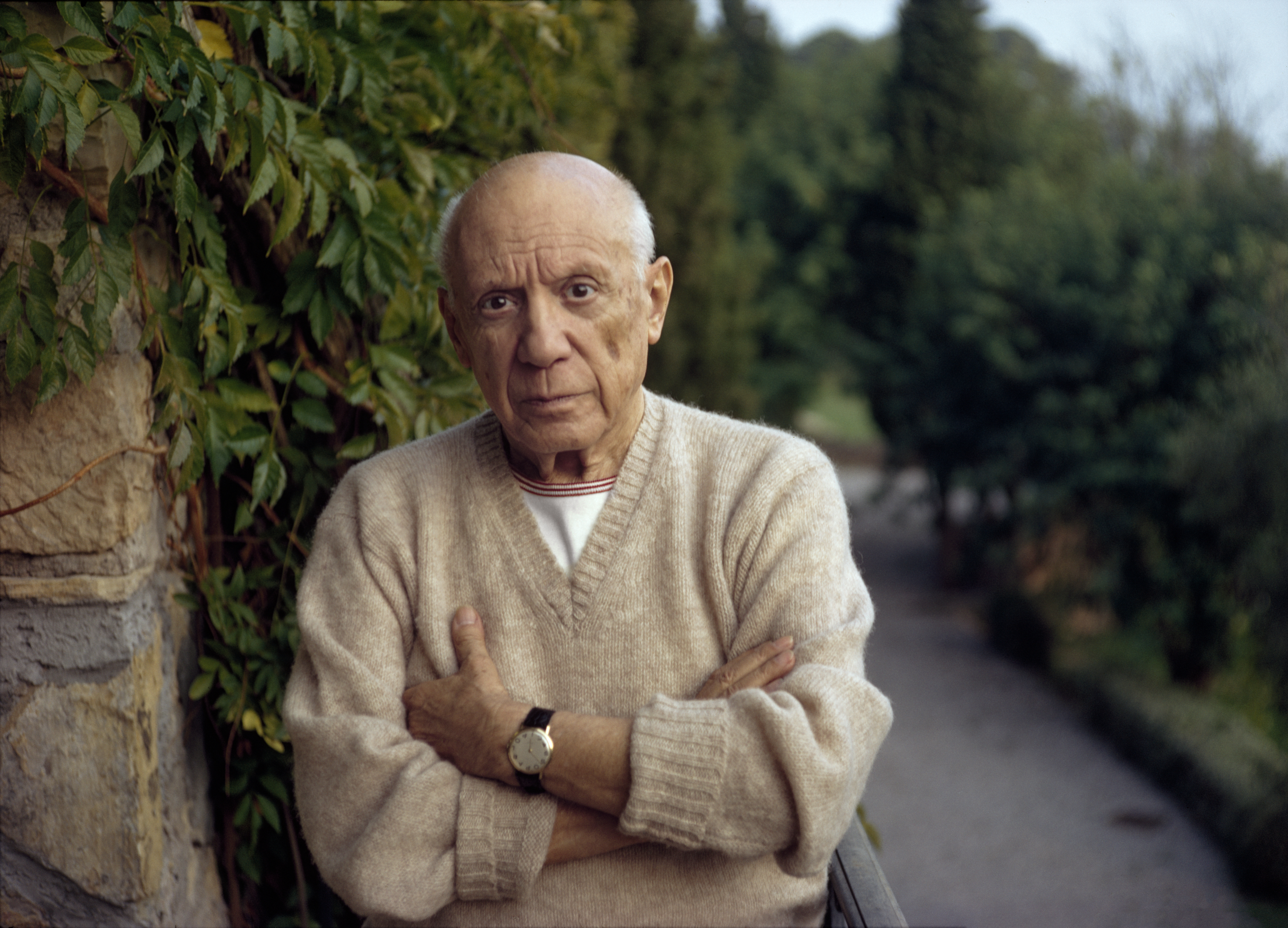
Picasso was only 19 when he first visited Paris and the vibrant atmosphere of the French capital proved such a lure that he eventually decided to live there.
He remained true to his adoptive nation even when, during the Vichy regime, he drew the Gestapo’s unwanted attention, yet, he never ceased to care for his country of origin.
Having captured the horrors of the Spanish Civil war in Guernica, he stipulated that the painting could never go to Spain until she returned to democracy.
Marc Chagall (1887–1985)
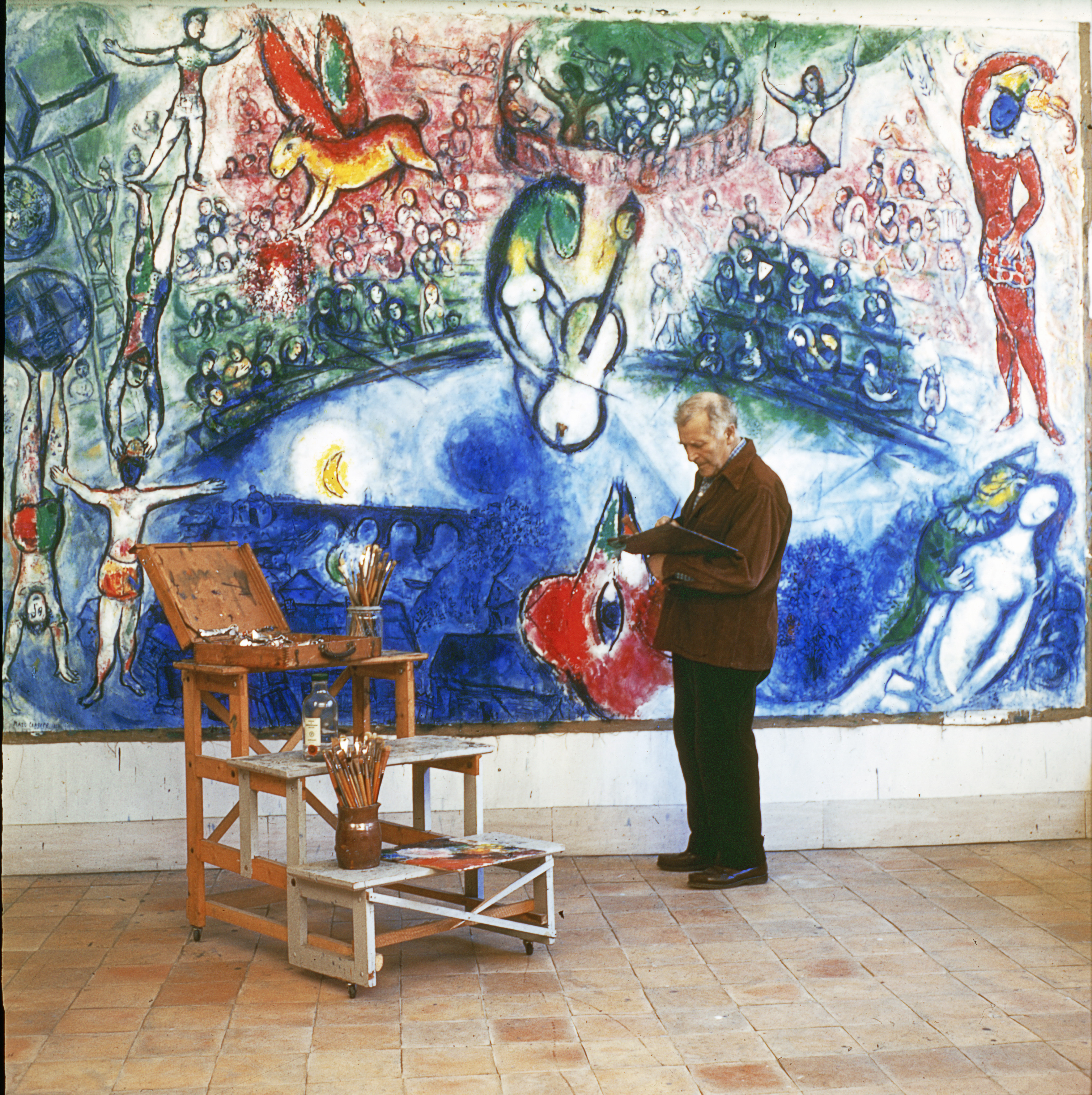
Born in a poor Jewish family in what is now Belarus, Chagall moved to Paris in 1910 and it was there that he began producing his fantastical artworks.
Exquisite houses, the beauty of Nature, and how to get the most from your life, straight to your inbox.
A brief trip home turned into an extended stay as the First World War broke out, but he later made his way back to France — only to have to flee again during the Second World War, when the Vichy government began persecuting Jews.
He finally settled on the Côte d’Azur in 1948 and continued to work into his nineties.
Lucie Rie (1902–95)
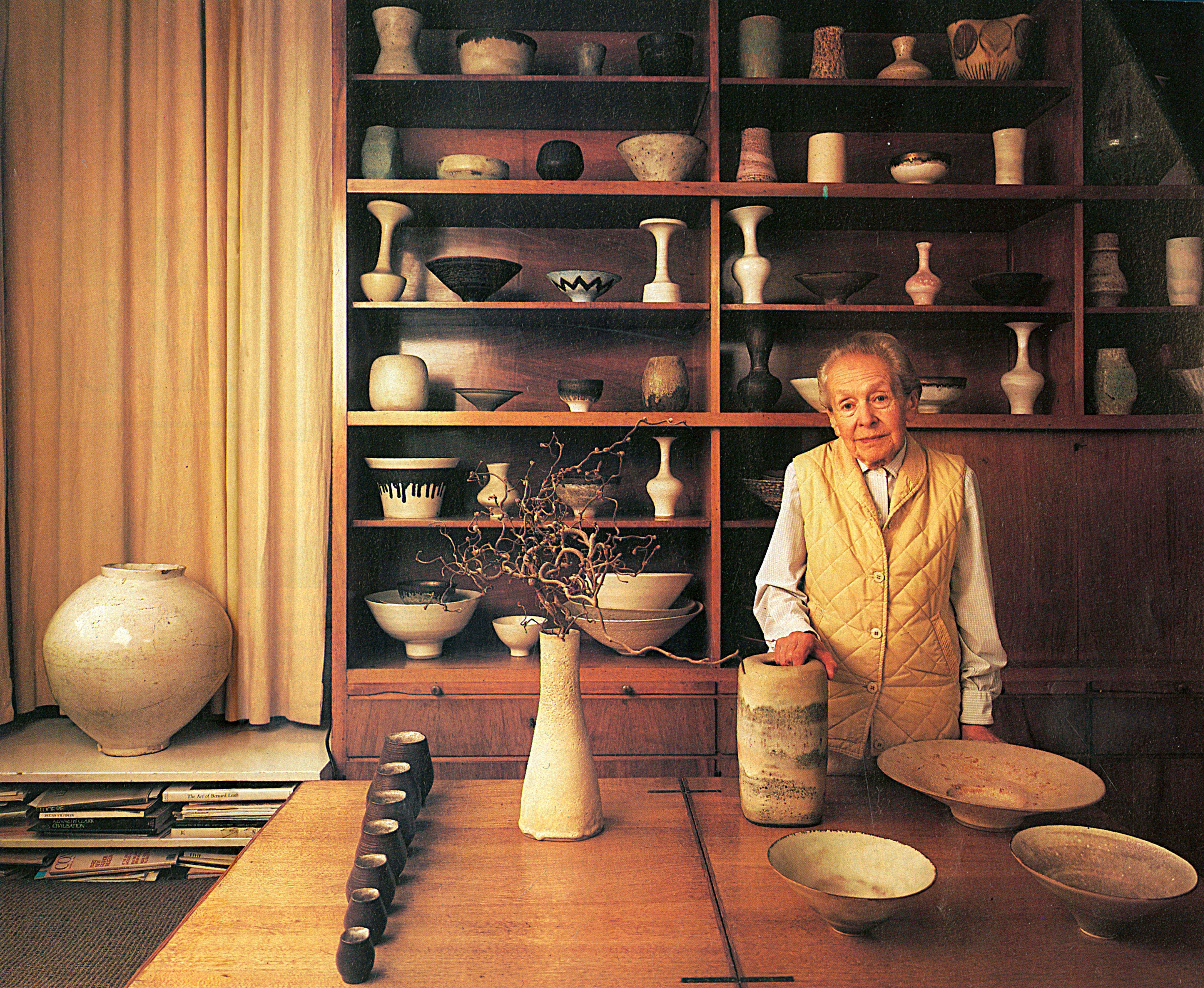
Rie had already won a silver medal at the 1937 Paris International Exhibition when, a year later, Germany’s annexation of Austria forced her to leave her native Vienna.
She escaped to London, where at first she made a living creating buttons. However, Rie never ceased making bowls, vases and bottles and, over the decades, became one of Britain’s most influential ceramicists — and the very first to be made, in 1991, a Dame Commander of the British Empire
Lucian Freud (1922–2011)

Freud was a child when Adolf Hitler became Chancellor of Germany in 1933 and his family sought refuge in Britain, where the artist’s grandfather, psychoanalyst Sigmund Freud, would join them a few years later.
He became a British national in 1939 and went on to forge a spectacular artistic career as one of this country’s greatest portraitists.
Frank Auerbach (1931–2024)
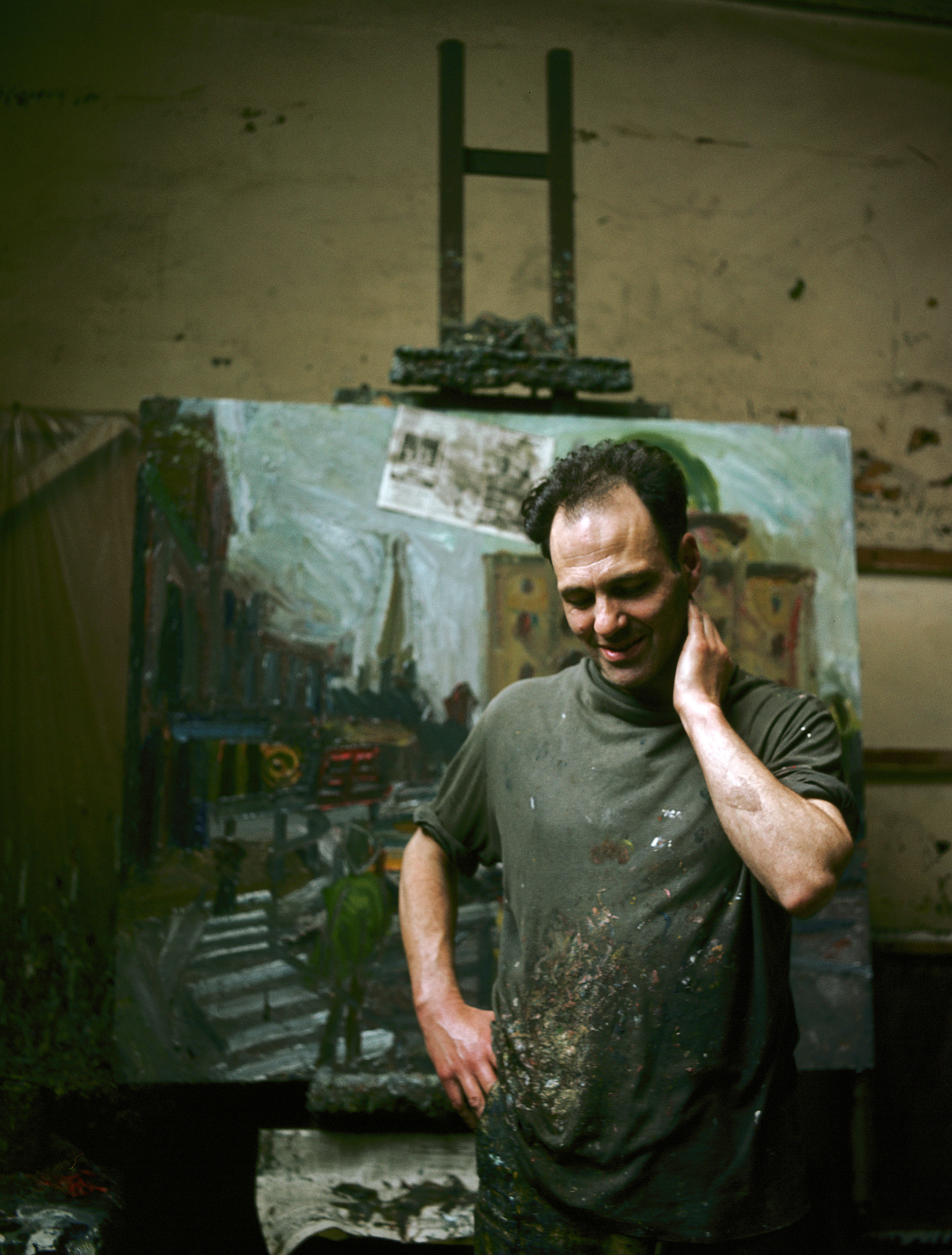
In 1939, Auerbach was sent as a child refugee to Britain in a bid to escape the Nazis — his parents were later both killed in concentration camps.
Naturalised British in 1947, he would become known for his extraordinary technique — painting, then scraping back what he had done, before repeating the process until he was happy with the result — and gain recognition as one of the major figurative artists of our day.
Carla must be the only Italian that finds the English weather more congenial than her native country’s sunshine. An antique herself, she became Country Life’s Arts & Antiques editor in 2023 having previously covered, as a freelance journalist, heritage, conservation, history and property stories, for which she won a couple of awards. Her musical taste has never evolved past Puccini and she spends most of her time immersed in any century before the 20th.
-
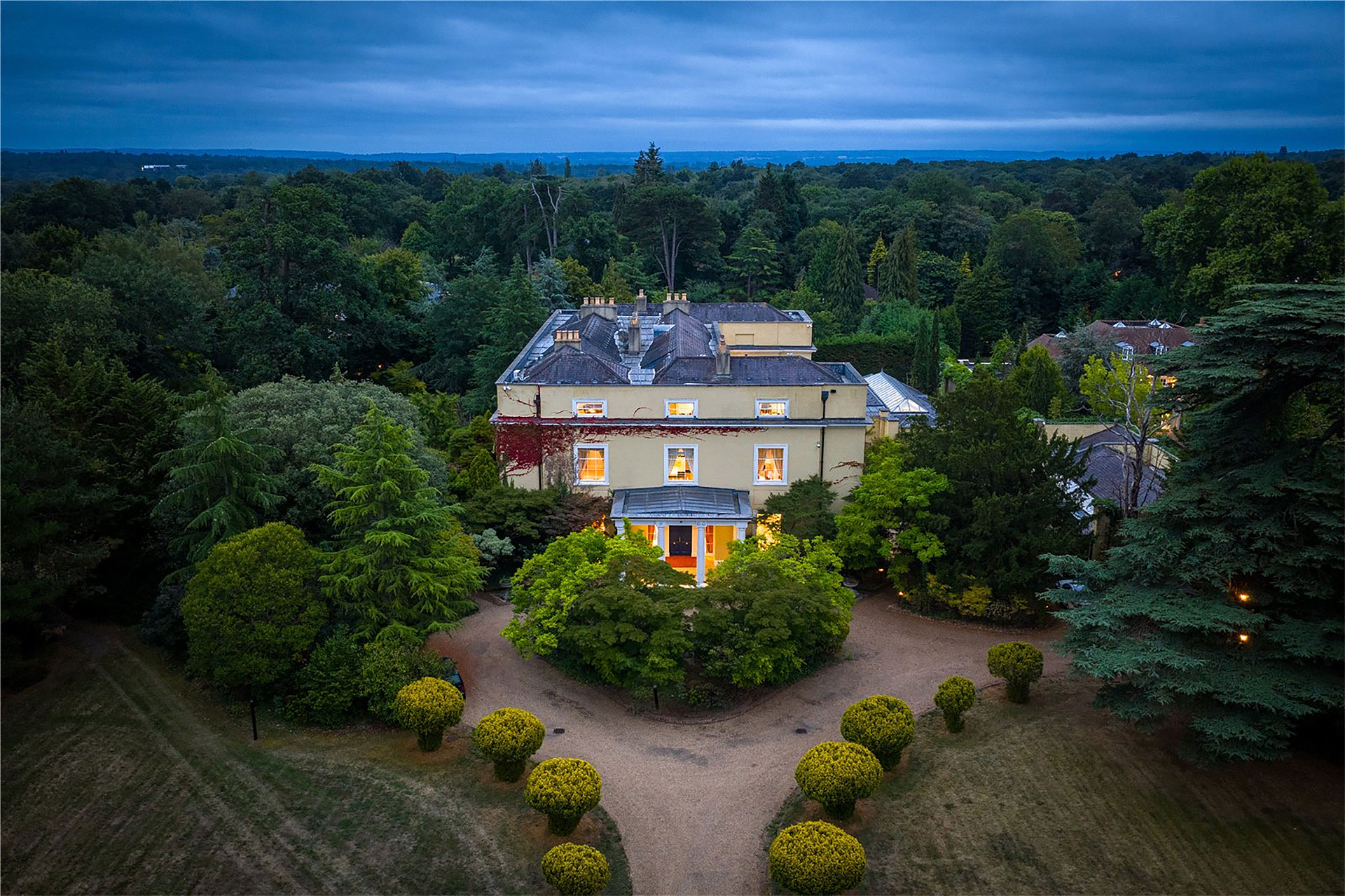 'A masterpiece of timeless elegance' for sale on the charmed Surrey estate once owned by Henry VIII and the Guinness family
'A masterpiece of timeless elegance' for sale on the charmed Surrey estate once owned by Henry VIII and the Guinness familyThe Manor House in Burwood Park is a grand, enormous and undeniably impressive. Annabel Dixon takes a look.
-
 Remembering the Country Life Quiz of the Day by doing the Country Life Quiz of the Day, December 2, 2025
Remembering the Country Life Quiz of the Day by doing the Country Life Quiz of the Day, December 2, 2025Today's quiz is about the quiz. Every question has been asked before. Can you get 10/10?
-
 This machine is what happens when the Rolls-Royce of motorbikes and the most innovative of watchmakers join forces
This machine is what happens when the Rolls-Royce of motorbikes and the most innovative of watchmakers join forcesBrough Superior and Richard Mille, two brands renowned for perfection, have created something that is exactly that.
-
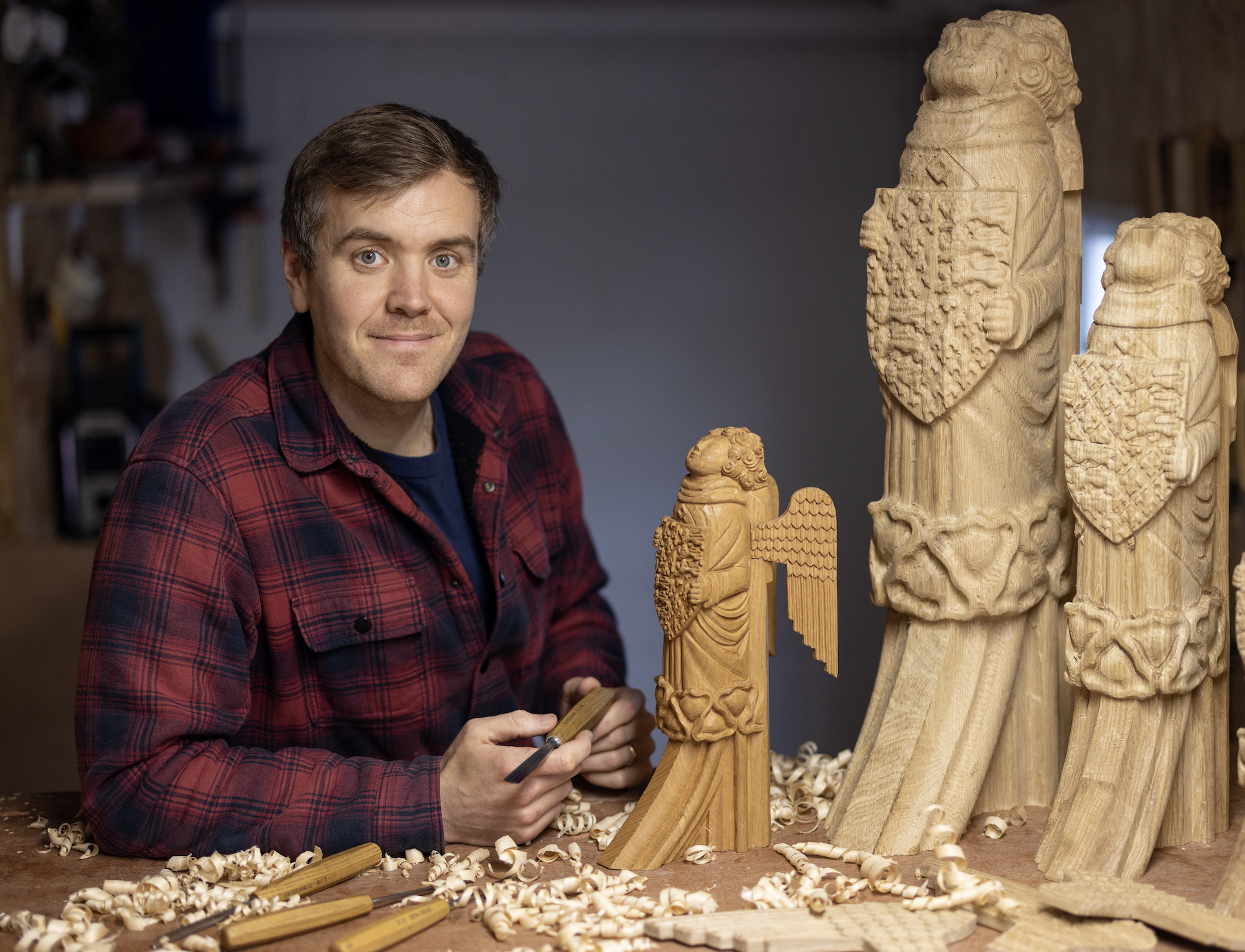 ‘Each one is different depending on what mood I’m in, how I'm feeling and how my energy is’ — meet the carver behind Westminster Hall's angel statues
‘Each one is different depending on what mood I’m in, how I'm feeling and how my energy is’ — meet the carver behind Westminster Hall's angel statuesBespoke woodcarver William Barsley makes unique scale replicas of the angels that gaze over Westminster Hall, the oldest part of the palace of Westminster.
-
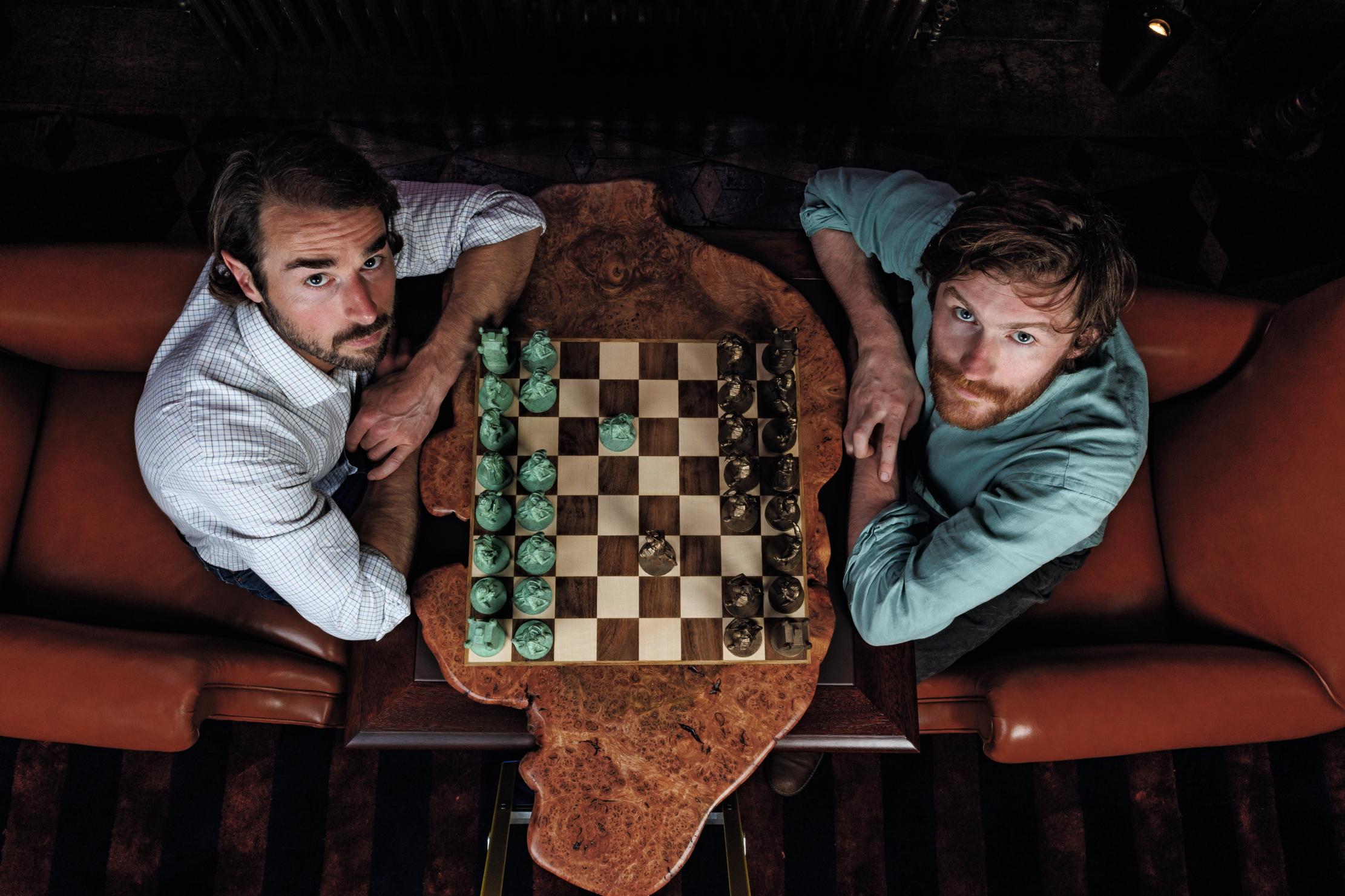 If chess is 'the supreme board game', then it deserves to be played on boards like these
If chess is 'the supreme board game', then it deserves to be played on boards like theseChess sets and backgammon boards are a familiar sight on drawing-room tables, but one expert Highland woodworker is refashioning their forms in beautiful new ways.
-
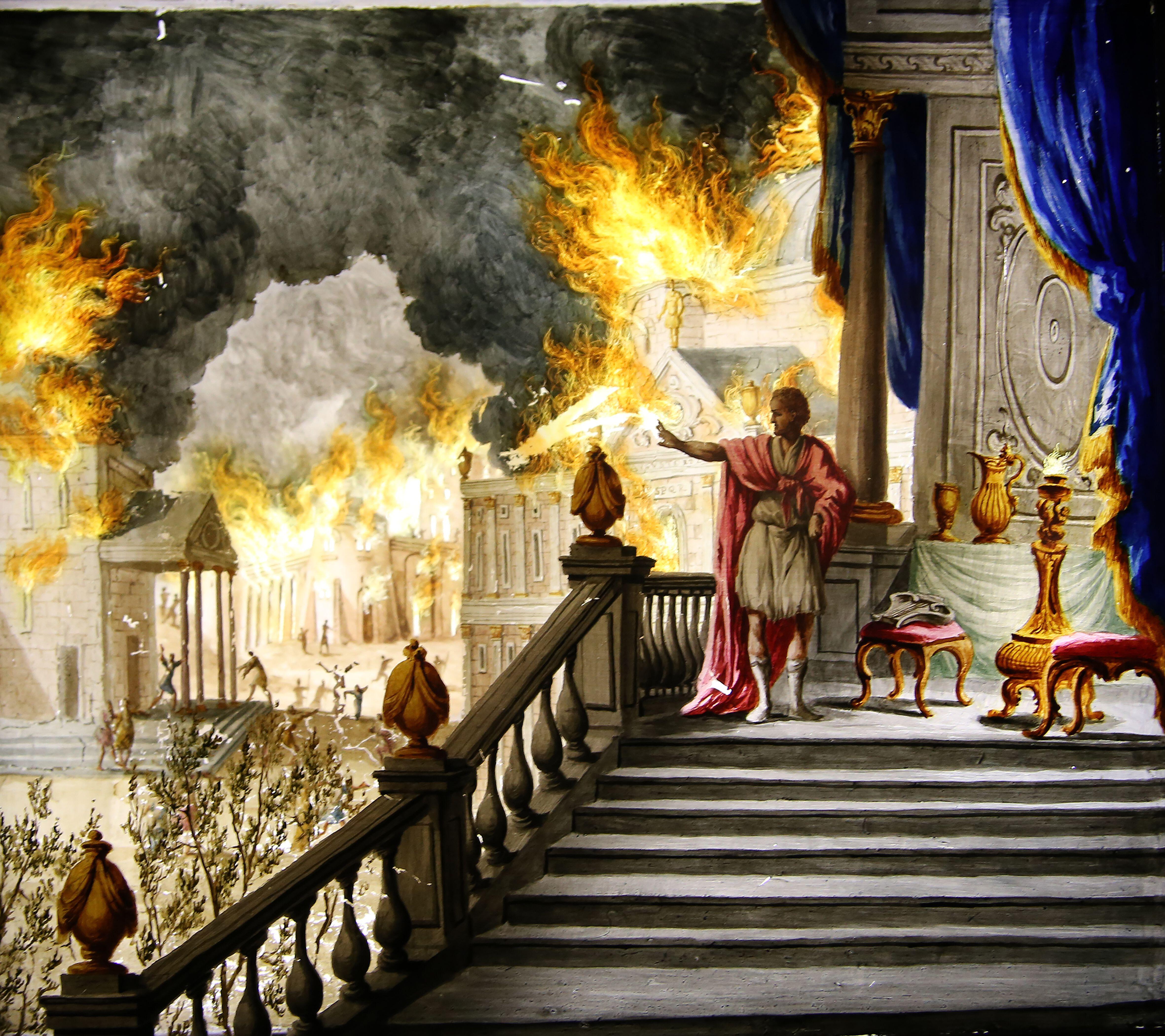 What is everyone talking about this week: Thanks to modern-day technology, people were far happier in the days when Nero was setting Rome ablaze
What is everyone talking about this week: Thanks to modern-day technology, people were far happier in the days when Nero was setting Rome ablazeWas the ancient world's superior happiness down to its ‘superior production of art’?
-
 A slick looking off-roader that's a far cry from its rustic rural roots — Volvo EX30 Cross Country
A slick looking off-roader that's a far cry from its rustic rural roots — Volvo EX30 Cross CountryThe latest iteration of Volvo's Cross Country is flashy, fast and stylish. But is that what a Volvo Cross Country is supposed to be?
-
 ‘I cannot bring myself to believe that Emily Brontë would be turning over in her grave at the idea of Jacob Elordi tightening breathless Barbie’s corset’: In defence of radical adaptations
‘I cannot bring myself to believe that Emily Brontë would be turning over in her grave at the idea of Jacob Elordi tightening breathless Barbie’s corset’: In defence of radical adaptationsA trailer for the upcoming adaptation of 'Wuthering Heights' has left half of Britain clutching their pearls. What's the fuss, questions Laura Kay, who argues in defence of radical adaptations of classic literature.
-
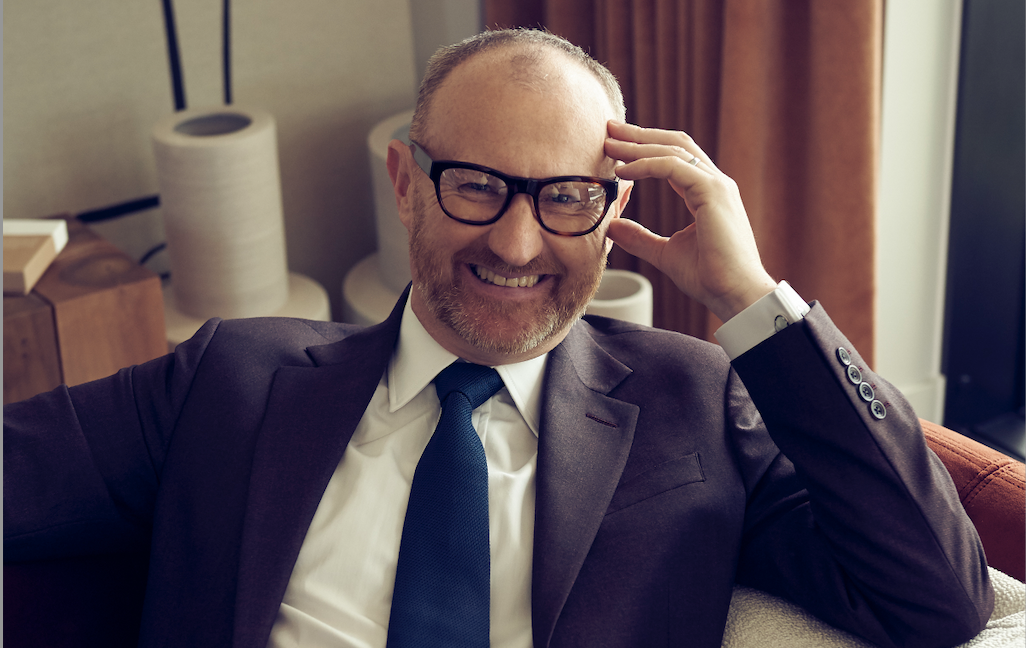 Mark Gatiss: ‘BBC Two turned down The League of Gentlemen six times’
Mark Gatiss: ‘BBC Two turned down The League of Gentlemen six times’The actor and writer tells Lotte Brundle about his latest Christmas ghost story, discovering Benedict Cumberbatch — and his consuming passions.
-
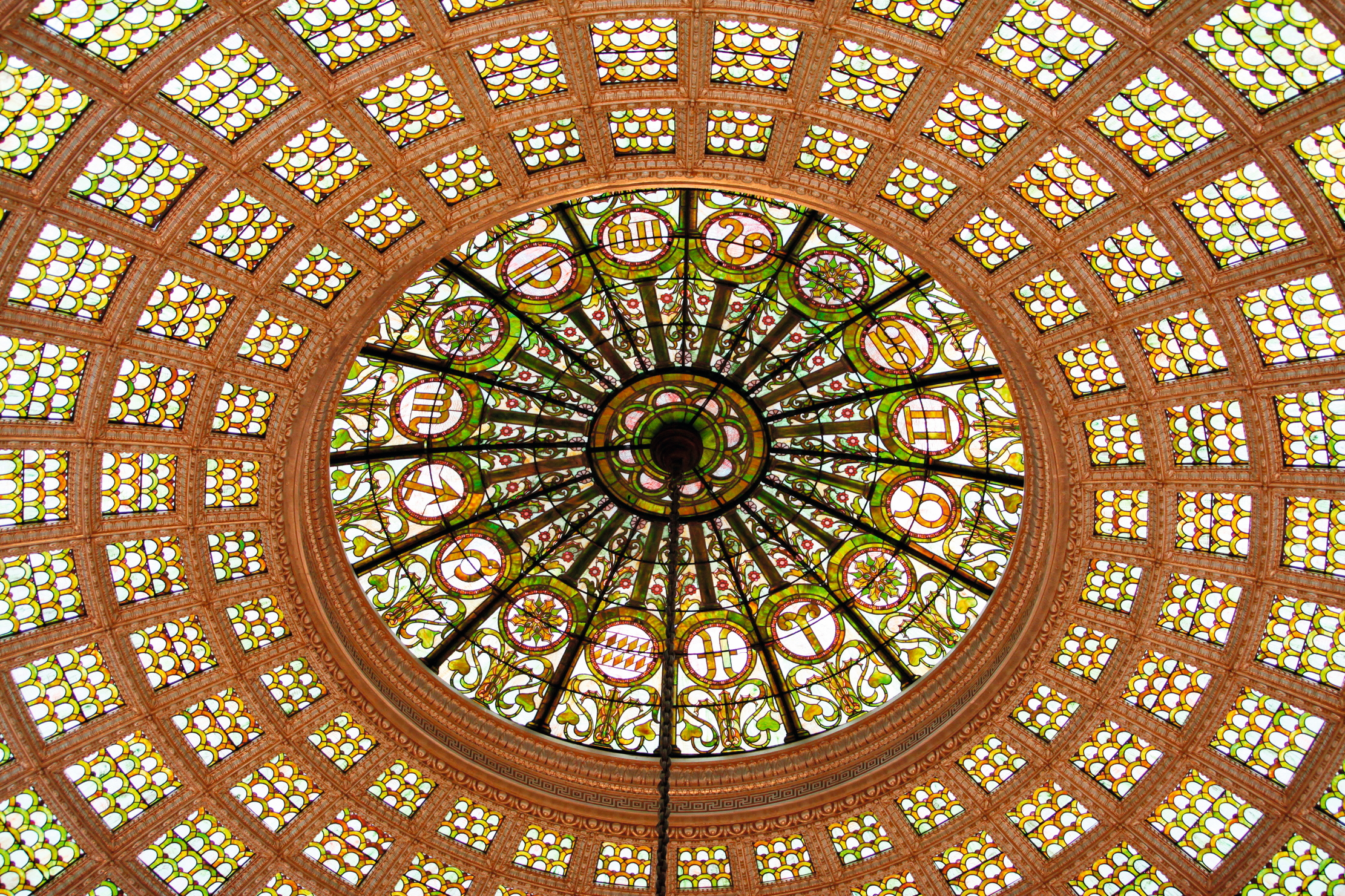 'Gems of enflamed transparencies, of bottomless blues, of congealed opals': Why glass was perfect for the elemental experimentalism of Art Nouveau
'Gems of enflamed transparencies, of bottomless blues, of congealed opals': Why glass was perfect for the elemental experimentalism of Art NouveauArt Nouveau masters such as Louis Comfort Tiffany and Émile Gallé turned the most fragile of materials into iridescent masterpieces that shimmered like seashells or glittered like Byzantine mosaics.
